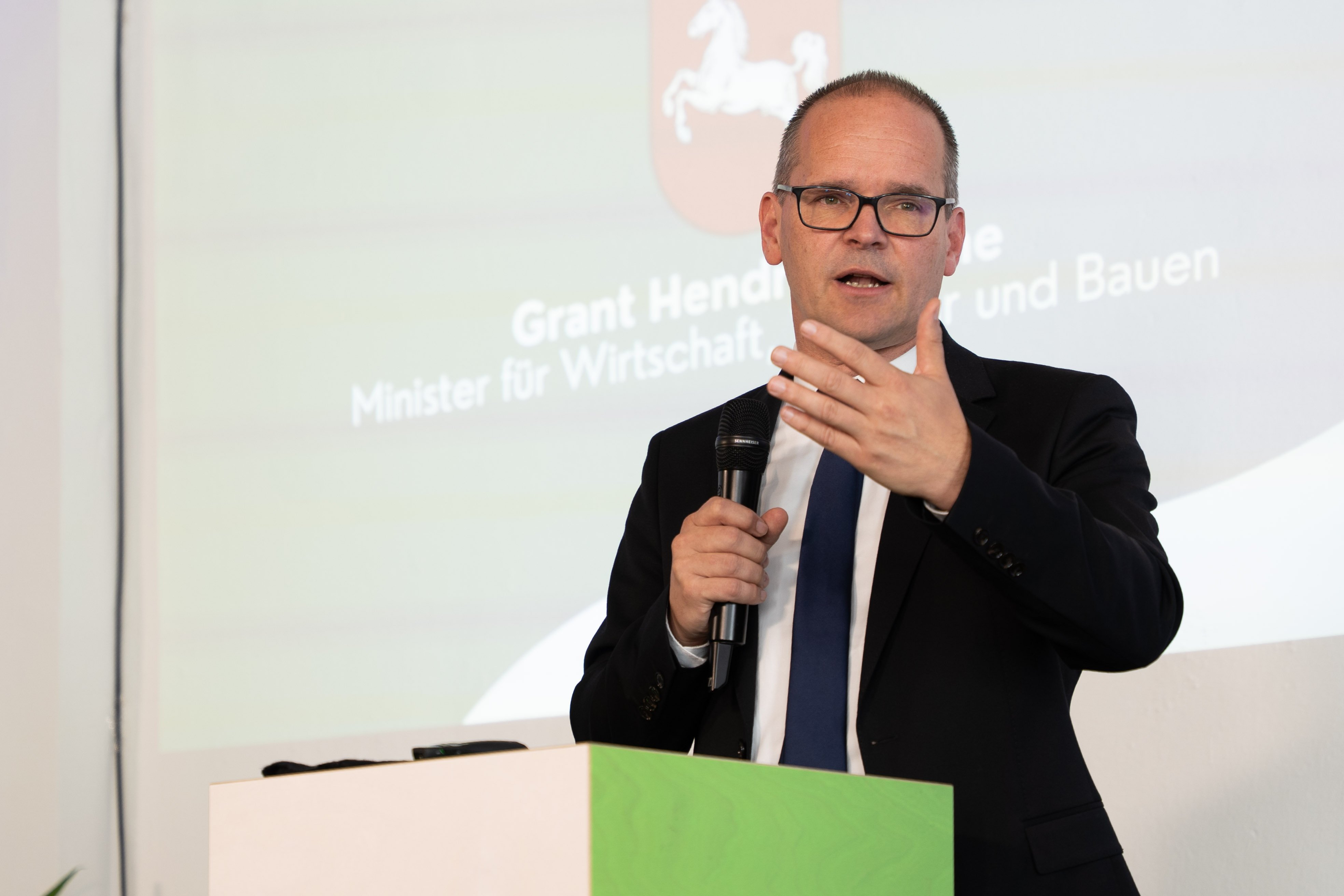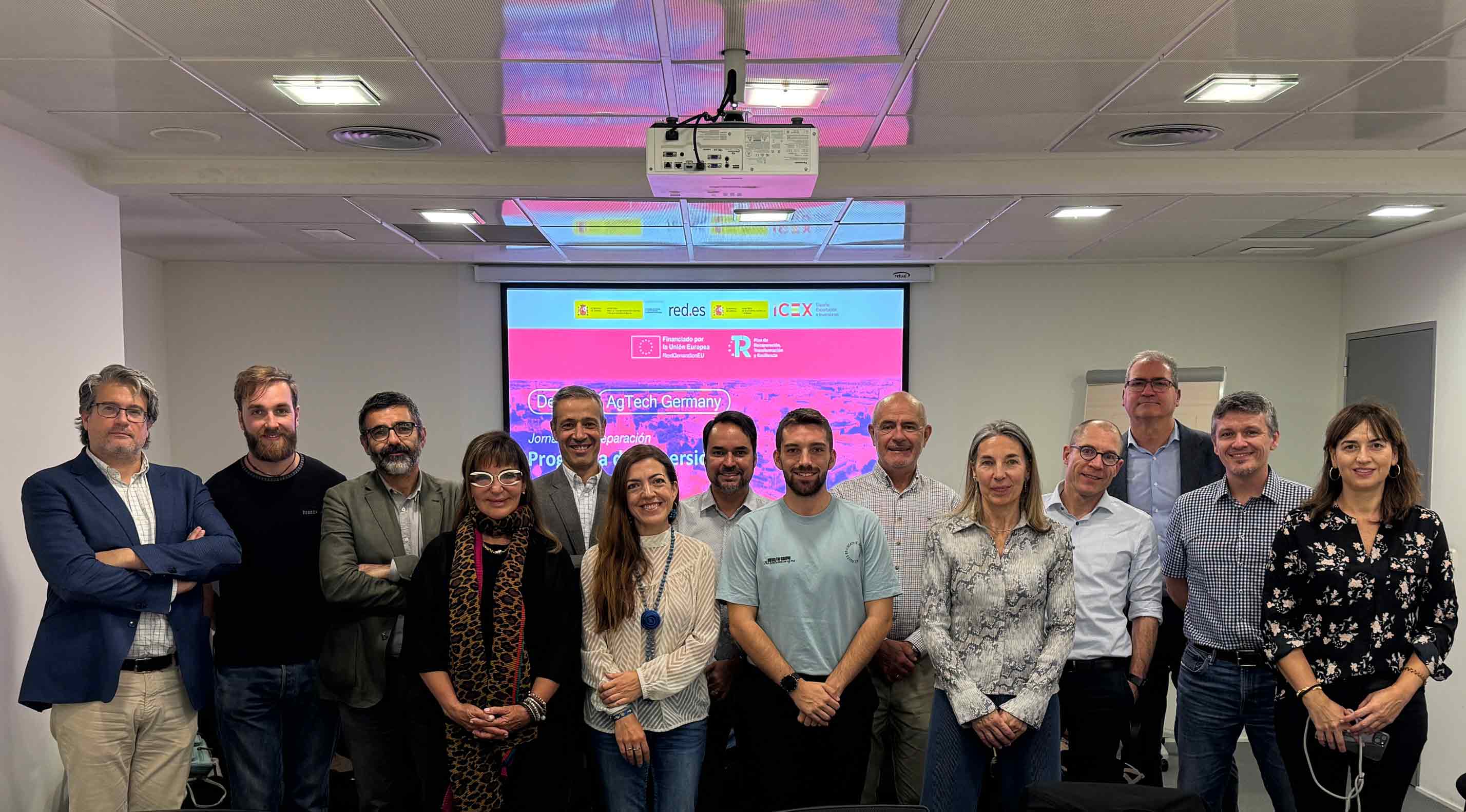What is Bio-LNG?
Bio-LNG, also known as liquefied biogas or liquefied biomethane, Is a renewable fuel that currently serves as one of the most economical and cleanest options in the transport sector. Produced from organic residuals, its specific niche is decarbonising sectors where electrification is difficult: for example, long-distance or heavy goods transport and shipping, among other energy intensive industries.
Another key element of LNG is that it also exists in a fossil based form, with two main differences between the two:
- carbon emission: bio-LNG emits carbon that is already part of the natural carbon cycle, unlike regular LNG, which emits ancient carbon, releasing more greenhouse gases and contributing to global warming.
- Due to the production method of bio-LNG, it is considered a renewable fuel.
From Waste to Energy: Bio-LNG as a sustainable solution
Beyond its core characteristics of renewability and carbon neutrality, Bio-LNG has a few more significant benefits. Due to its production from agricultural, food and livestock residuals, among others, it is providing a waste management solution, and thereby supporting the circular economy. Additionally, the combustion of Bio-LNG is inherently cleaner than that of fossil based LNG, as a result of its cleaner organic sources.
Delving more into the economic side of things, a big advantage of bio-LNG is its compatibility with existing infrastructure. Both its chemical and physical properties are very similar to those of fossil based LNG, and so existing LNG engines can be used without any retrofitting or modification. This considerably reduces the barrier to entry and initial investment for shipping and transport companies, making it an attractive solution. Beyond this, conventional fossil fuel prices are often affected by geopolitical tensions, leading to a certain price volatility. Bio-LNG, on the other hand, is produced from locally sourced materials, providing much more stability for both producers and consumers.
Current Challenges to Scaling
However, this solution does not come without its limits.The production of LNG is limited by both the supply of organic residuals and the number of large-scale plants producing it, with both factors dependent on geographic region. Beyond these issues, the investment costs for said plants that liquefy the biomethane are high, and infrastructure - for example, filling stations and ports - is still limited.
Changes in regulations also have the potential to affect the bio-LNG market. Methane emissions, only second to carbon dioxide in their overall contribution to climate change, are becoming more and more strongly regulated, creating costs for monitoring and reporting for producers.
Furthermore, German Federal Minister for Economic Affairs and Energy Katherina Reiche has recently declared her intention to reduce subsidies for the expansion of renewable energies, leading to serious concerns about the future for plant operators.
In a blow to the biogas industry, a scandal involving fake climate certificates and falsely declared biodiesel/UER projects have caused a sharp drop in the GHG quota price, pushing companies like Landwärme into insolvency and resulting in an estimated €4.5 billion in damages.
Critics of LNG also question the sense in essentially promoting organic residuals becoming a valuable resource, as this may lead to a higher production, working against goals like reducing global food waste.
Untapped Potential & Opportunities
Despite these difficulties, Bio-LNG provides a unique solution, as a direct replacement for an existing fossil fuel. Global support and enthusiasm is evident when regarding current projects and collaborations:
- Only a few weeks ago, Shell and Hapag-Lloyd (top five global container shipping company in terms of capacity) signed a bio-LNG supply agreement, with immediate effect. Hapag-Lloyd aims to achieve net-zero fleet operations by 2045.
- ViGo BioEnergy is a former startup that was founded in Germany with the goal of decarbonising the heavy transport sector. They have expanded to four countries and recently bought their own biomethane production sites.
- BioValue, a Dutch biogas plant company, is building the world’s largest Bio-LNG installation in the port of Amsterdam, collaborating with Titan Amsterdam, who will be managing the facility.
Bio-LNG as a Strategic Lever
Overall, Bio-LNG provides a clear path towards the reduction of carbon intensity, with many benefits due to its similarity to fossil LNG. Although the infrastructure is not yet where it needs to be, there is significant movement in the field. Collaboration between key players will be key in the future of Bio-LNG.
Here at RootCamp, we’ve been concerning ourselves with the topic of bioeconomy for a while. As a part of this, we have been able to hold two workshops focusing on lignin and industry hemp and publish a report on industry hemp (with one on lignin coming soon) within our ‘Bioeconomy Deep Dives’ project. The workshops have connected agricultural and industrial stakeholders, with the goal of identifying innovation gaps and potential hurdles together. This has all been made possible through the support from the Federal Ministry of Agriculture, Food and Rural Affairs (BMLEH) through Rentenbank.
Our next workshop will tackle the value chain of Bio-LNG. Together with selected experts from the industry and academia we will assess future potential, understand demands and obstacles and identify barriers to transformation. If you want to be part of the workshop on December 2nd in Hannover, register here.
/rootcamp_logo_white_2022.png?width=2123&height=630&name=rootcamp_logo_white_2022.png)

/RC%20logo%202022.png?width=2325&height=703&name=RC%20logo%202022.png)
.jpg?width=1000&height=667&name=pexels-pixabay-262353%20(1).jpg)






